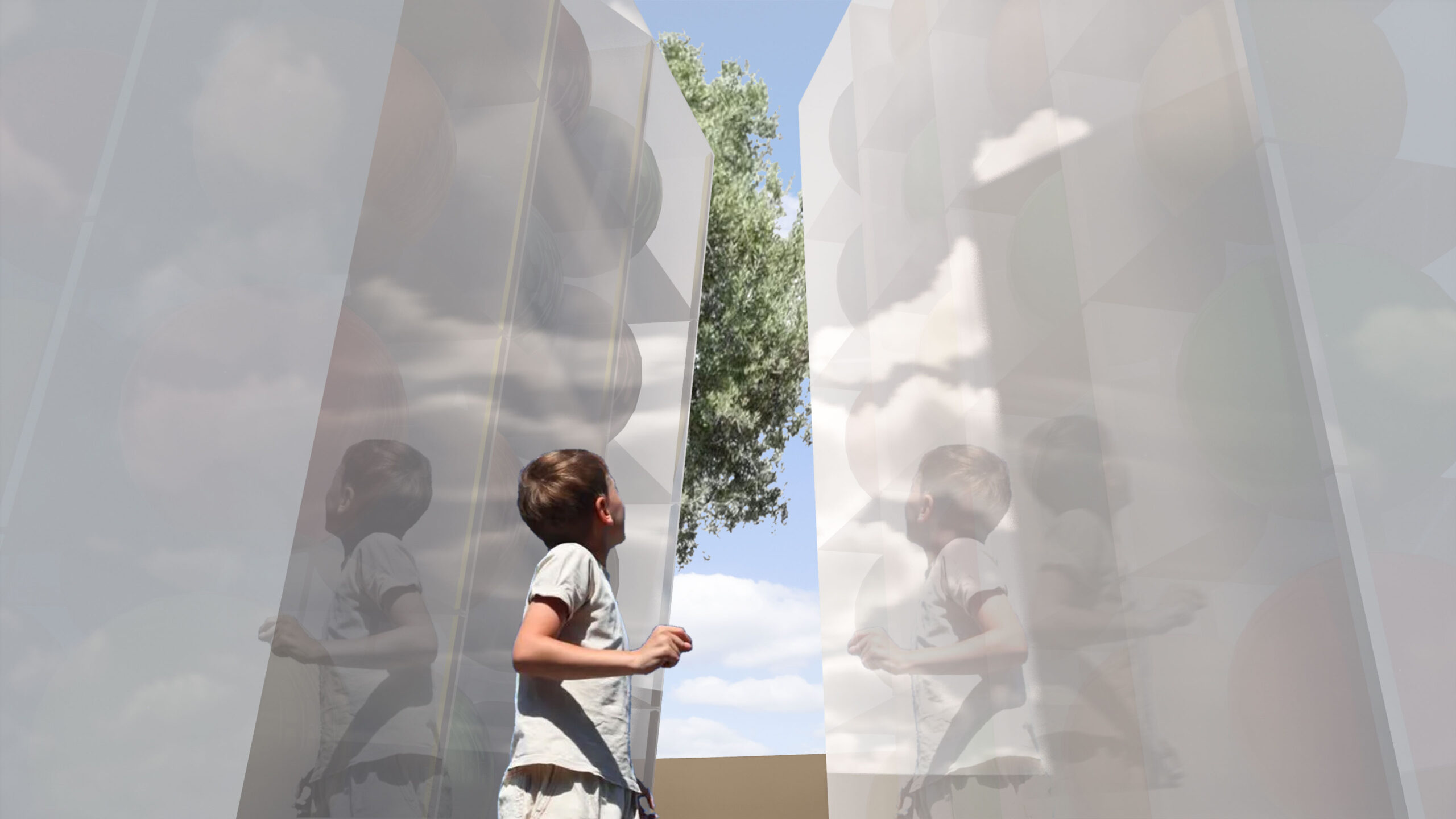In an era increasingly mediated by screens, sensors, and simulations, the boundary between observer and observed has not only thinned but fractured. For London-based visual and digital artist Yinzhe Qu, this fissure is precisely where meaning can be constructed. Their practice, situated at the intersection of spatial design, visual ethnography, and feminist technology, engages interactivity not as spectacle but as a critical method—one that interrogates how bodies navigate, contest, and reimagine systems of power.

As a visual and digital artist, Qu’s work is rooted in the belief that art transcends passive observation; it is an active, embodied experience. Their background in curatorial practice and spatial design has profoundly influenced their artistic approach, allowing them to create immersive environments that challenge traditional power dynamics and invite participatory engagement.

Before fully embracing artmaking as a central methodology, Qu spent several years embedded within institutional infrastructures—designing exhibitions and curating spatial narratives for institutions like the Shanghai Astronomy Museum and the Shekou Urban Planning Museum. These experiences taught them to treat space not as a neutral backdrop but as a dynamic narrative structure. Their virtual exhibition for the Beijing Architecture Biennale marked a critical pivot: a refusal to treat space as static or neutral. Instead, space became script, archive, interlocutor. It became—like the body—something to be read, rewritten, and reinhabited.


Qu’s installation Rewoven exemplifies this turn. Developed from a long-form ethnographic investigation into displacement and gentrification in Chinese urban contexts, the project explores how elderly communities, though dislocated by top-down redevelopment, continue to articulate agency through micro-gestures of spatial resistance. The recurring motif of handwoven chairs is not incidental. These chairs, both domestic and mobile, map a choreography of care: they appear, disappear, reappear—like quiet acts of protest. In the installation, they function as living symbols, marking out not simply memory but continuity, not merely utility but voice.

Their VR work Rebuild the Unknown furthers this sensibility into the realm of speculative intimacy. Here, the screen does not mediate—it performs. Through motion, breath, and sensor-based feedback, the viewer is not only enveloped but enacted. In this digital sanctuary, proximity is redefined not through distance but through presence. The affective architectures they construct allow for a kind of embodied empathy to unfold—one that escapes the logic of language and leans into sensation.

Qu’s recent explorations delve deeper into the interplay between technology and embodiment. Utilizing tools like eye-tracking and motion-capture interfaces, their installations invert traditional spectatorship. The viewer is not merely looking but is looked at, producing a circuit of mutual surveillance. In this closed feedback loop, the gaze ceases to be a colonizing force; it becomes relational, contingent, unstable. Objectification is no longer a given, but a question. The viewer, implicated in their own visibility, begins to inhabit the very power structures they are used to critiquing from afar.
As a visual and digital artist, Qu refuses the passive consumption of representation. Their work choreographs encounters rather than illustrates ideas. It compels the body into awareness, and the self into relation. Across disciplines and dimensions, they map a politics of attention—a feminist cartography not of what we see, but how we see, who sees, and who gets to be seen.
Tracing Qu’s practice from spatial design into full-spectrum interdisciplinarity reveals a quiet but insistent thesis: that art is not a mirror, but a membrane. In reclaiming the gaze, they also reclaim the tools of narrative, site, and embodiment. Their installations are not destinations, but rehearsals—not answers, but rehearsals of what else might be possible.

Artist Bio:
Yinzhe Qu is a London-based visual and digital artist whose interdisciplinary practice spans spatial design, curatorial work, and immersive installations. Their work explores the intersections of feminism, technology, and embodied experience.

